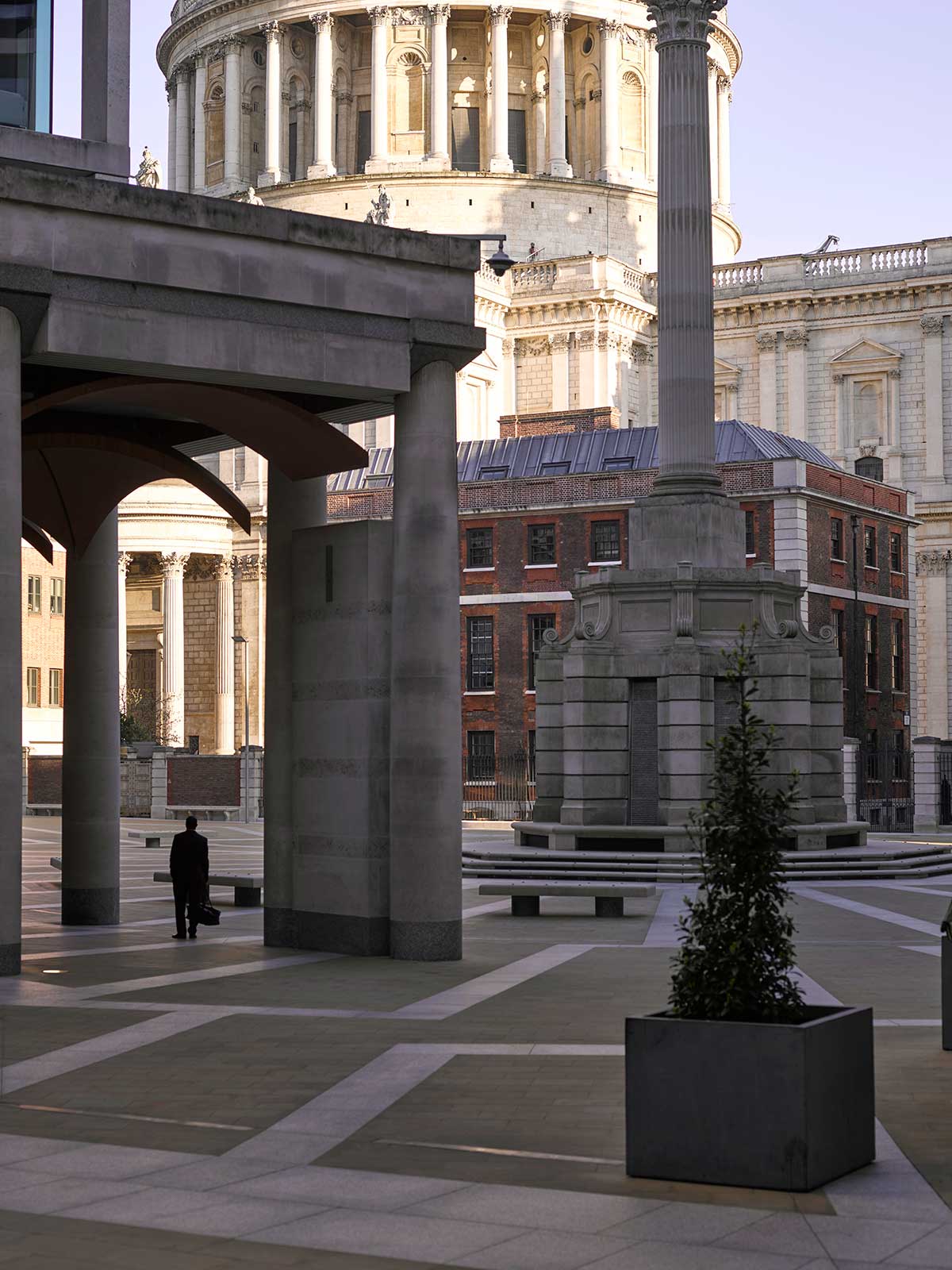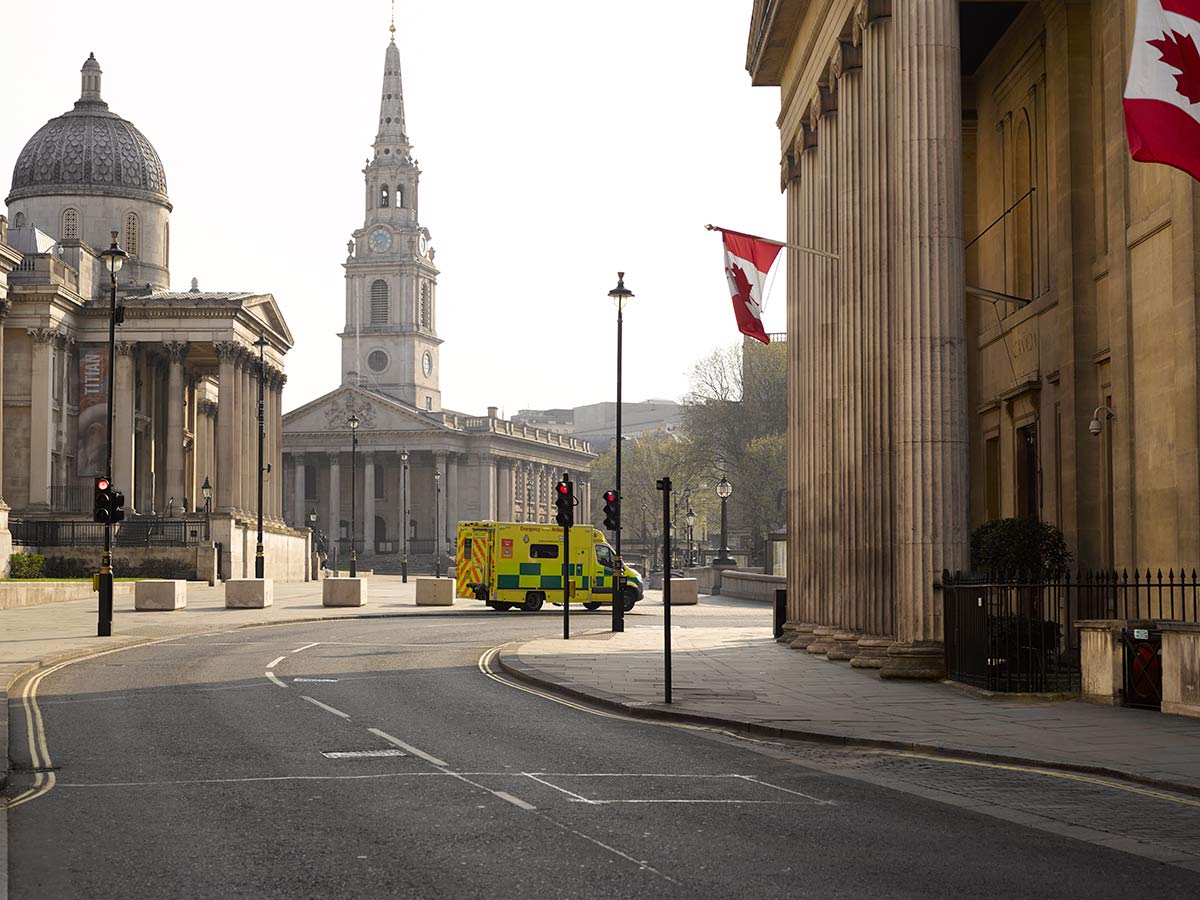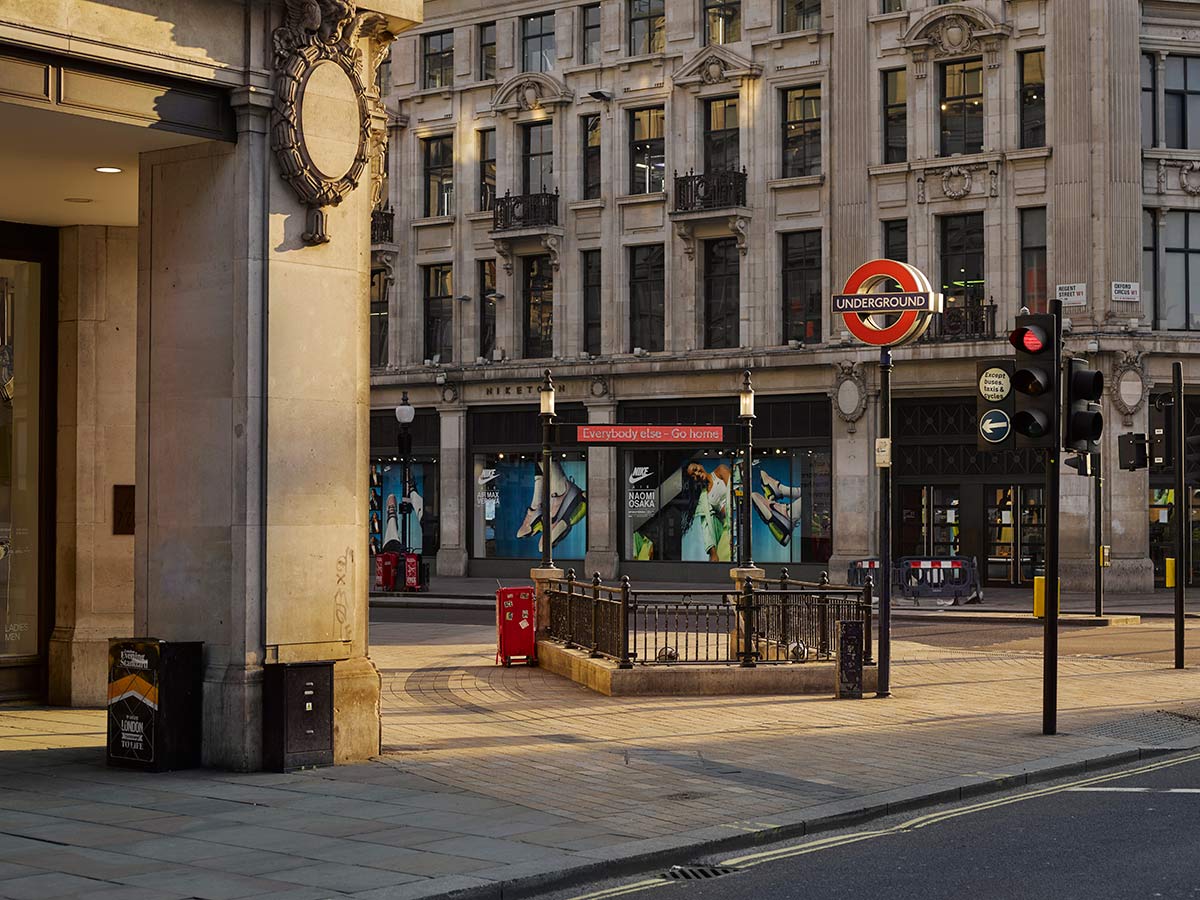Challenges for photojournalists
Covid-19 started in slow-mo, then hit us with a sudden jolt which immediately changed our lives and the way we lived them. And still it continues, attacking and spreading around the globe irrespective of political systems or social structures.
This particular conflict is no longer one which you need a pass to observe, or the support of the military, or minders to facilitate entry to forbidden areas. It is hidden, yet amongst us, in a way which is very like data crimes – insidious, unable to be seen until it has struck. In fact the word virus – computer virus, coronavirus makes this connection for us.
The unbelievable has occurred; everyday life as we know it has stopped. And a new normality is only now starting to emerge in countries which have ‘triumphed’ over the first wave or spike. It has precipitated a global crisis, unique and strange for this generation. For the virus isn’t only ‘over there’, it’s both local and global. It is here in your neighbourhood: and the story to be told is here as well as there. Images of the waging of this viral war can be captured wherever you are.
Whether in the US or Africa, photographers have been driven by the need to tell the story of the effects of the pandemic within their community. For photojournalists, there were limited opportunities to set up projects focusing on the ravages of the new coronavirus and the Covid-19 respiratory infection it caused before the implications of lockdown were realised. As the early ravages of the virus hit country after country, editors, when commissioning projects, tended to work to codes which minimised flying journalists out to Covid zones, and tried to use local talent for local filming. Unless working on a priority assignment, there has been little possibility of travel to seek out its impact in other countries.
Quarantine and social distancing rules apply to photojournalists as they do to members of the general public. The internet is full of advice and personal recommendations from photojournalists about the need to keep safe, to use effective PPE, to sanitise cameras with antiseptic wipes, to use a telephoto lens. In a Covid-19 hospital the camera will quickly carry the virus and is likely to infect the photographer because of the frequency with which it is brought to the face in one shoot. Proper PPE is essential for photographers, but they will probably have to buy it for themselves. Many photojournalists are scared that they will take the virus to the people they are photographing or bring it back to their families, and some photographers have turned down assignments because of these concerns.
Rena Effendi, able to take on an assignment as the lockdown eases in Istanbul, describes the difficulties: ‘I wear a mask and take other precautions. But it’s often difficult to build trust with someone you photograph while you are not exposing your face. So I keep my distance and don’t make any physical contact, like shaking hands. I wash my hands and disinfect them several times a day, I leave my shoes behind the door when I enter their space, but when I greet someone I am going photograph, I lower down my mask to let them see my face. Recently, I’ve been administered a Coronavirus test as a precaution before I was allowed to photograph someone important. This gave me reassurance that at least I would not be the one carrying a potential threat of infecting someone, but it’s always on my mind.’
There are other pragmatic considerations. Many booked photoshoots and filming have been cancelled due to the virus. Arts Council England has stopped normal project funding in favour of financing a Covid-19 Emergency Response Package. Already, organisations are less likely to pay for images, and photographers fear that funding bodies are too stretched with immediate Covid-related needs to fund long-term projects. This particularly affects the development of in-depth photo stories about particular communities, which female photojournalists often create and pursue. In an often-precarious existence, financial worries are uppermost as income from freelance commissions reduces or dries up completely. The organisation Women Photograph has started an emergency fund for female and non-binary photographers who have lost their income due to coronavirus, see womenphotograph.com.
As the virus reaches is height in different countries, some photojournalists emphasize the need to use personal connections within the medical profession to gain access to hospitals and care homes rather than going through bureaucratic routes. With administrative systems overloaded, and rightly prioritising direct care, photojournalists need to find direct ways of responsibly gaining access to document the virus for future generations to see, but with the full support of the medical staff. At the same time, many things remain the same. Privacy concerns have to be observed, and permissions to be filmed given.
The photographer Polly Braden speaks eloquently about the problems which affected her during the lockdown in the UK. While looking after her two daughters on her own, home schooling and caring for their needs, she used her exercise time to cycle out and capture images of a deserted London. She comments on what she saw, ‘the quiet, majestic sandstone buildings of London, butted up against the new glass ones throwing reflections into the shadows. The streets looked like uninhabited filmsets’.
Lothbury, City of London 4th April 2020
Each country has its own challenges and makes different demands on the photographer. In Borno, Nigeria, Fati Abukabar works in her local community to show its resilience as people are ravaged by the attacks of Boko Haram, and poverty. Her aim is to document their ability to survive extreme conditions of violence and deprivation and in order to capture her extraordinary images of hope she forms strong, ongoing relationships with the people there. Fati speaks of the additional challenges of Covid-19 ‘the curfews, the necessary but difficult to grapple with lockdown, seeing the low income struggle to survive, the scorching heat in Maiduguri [it gets to 50 degrees Celsius sometimes] while (currently) fasting in Ramadan and of course the inability to comfort people in such strange times because of social distancing.’
Here, coronavirus directly threatens the close relationship between photographer and photographed which her projects demand. As an important part of her role as a photojournalist is to keep in touch with her subjects and join in with their lives, she anticipates that ‘the inability to keep coming back for their safety and my own safety is what will be hard.’ In Polly Braden’s words, what is important for true long-term documentary photography is ‘to go deep into the story and see how it shapes over time’.
Yet local communities are just one of the focuses in making the invidious effects of Covid-19 and its tentacles visible. Tamara Merino, based in Chile, captures the need for human contact though photographs with her mother as they cling together in a soothing embrace, both covered by a face mask. Intimacy, love, support, in the face of a silent adversary. Tamara’s photographs show what we have lost, the isolation which attempts to control the virus has visited on us. The fear, lockdown, distance from loved ones, loneliness, claustrophobia, lack of a daily structure and loss of tactile connections are a major burden to endure.
Deepening this personal strain, the endlessly breaking news which we compulsively follow as we reach for an end to this crisis takes its own toll. The search for uplifting stories is difficult as a counterbalance to the images which flood television screens and the Press. There is an emerging need for images and photo stories which go beyond government slogans and the immediate, tragic rows of coffins, and which highlight positive stories where individuals and communities have come together to bring hope. As Fati says to ‘show how it has impacted people’s daily lives, the struggles as well as the strength to begin a new day’. It is being able to see this this which will help get us through.
What will the impact of the virus be in the future? As a catastrophic event, it has had the most widespread effect on governments, economies and societies globally since the world wars of the 20th century. Lockdowns have led to multiple personal and community stresses and tensions, and have fed into the vibrancy and energy behind the Black Lives Matter protests. It has, literally, changed our world on every level and at this turning point in our history, photojournalists have a very clear role to document their own lives, the lives of those around them and the physical infrastructure of our world to help future generations to understand. Fati Abubakar identifies the two realities, ‘the reality of the pandemic’ and ‘the ability of the human spirit to thrive in unimaginable situations’. Polly Braden looks upon the current period where the virus is wreaking its havoc as documenting a specific place in a particular time. But it isn’t just one, isolated journalistic assignment. She understands that once the lockdowns end and ‘after the pandemic the real work begins as we start to see what has been happening behind closed doors. We as social photographers will need to work hard to gain access to the stories people weren’t able to tell during the pandemic. We already know domestic abuse cases have risen. What was the burden of care on women? What are the long term financial implications? There are so many questions.’
Parts 1 & II can be found here
Jane Quinn is a writer, curator and director. Her History of Art PhD from Birkbeck, University of London, explores the imagery of conflict.

















